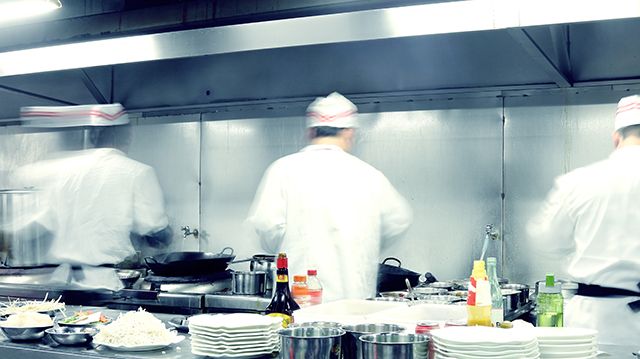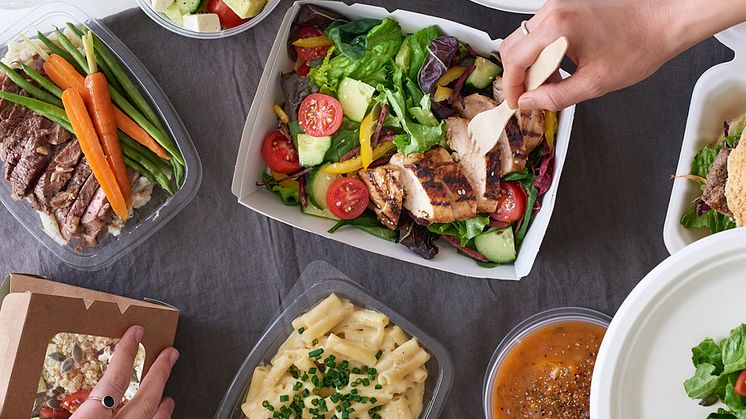
Blog post -
What Is MAP Packaging?
MAP Packaging, which stands for ‘modified atmosphere packaging’ has become increasingly popular with the rise of takeaway solutions in hospitality over the past couple of years, as more and more businesses look to maximise their revenue, and turn to online food delivery following a global consumer shift in behaviour, with 21% of the restaurant sector expected to account for takeaways and other home delivery food subscriptions by 2025.
91% of UK restaurants see takeaway as a key opportunity in the next 12 months, with one-in-five expecting their bulk sales to come from this sector. By offering this new service to customers, restaurants are challenged to provide the same quality experience ‘at a distance’ as they would ‘in-person’, and therefore need to look for delivery solutions that protect the quality of their perishable products and are affordable.
As a new technology aimed at reducing waste, MAP works by extending the shelf life of fresh food products by substituting the atmospheric air inside a pack with a protective natural gas mix. This prevents oxygen, which can rapidly cause food to discolour, spoil and pick up unwanted flavours, from tainting your perishable food. The gas used in MAP helps ensure the food stays fresh for as long as possible, and in the best possible aesthetic condition to appeal to your customers.
The type and proportion of gas used in MAP is largely dictated by the kind of food you’re looking to preserve, and the speed of spoilage it typically has.
Examples of food that can be preserved with MAP
Fruit & Vegetables
Once harvested, this form of produce continues to ‘breathe’ so, their packaging needs to allow for oxygen, albeit at a low concentration. Commonly these fruits and vegetables are packaged in a mix of carbon dioxide, nitrogen, and oxygen, which is adapted individually depending on the kind of product to ensure the ideal atmosphere.

Ready-Made Meals
These are more complex than other food types as they often contain a variety of different food groups which all have varying shelf lives. Typically, a mix of carbon dioxide and nitrogen will be used but, their concentrations will depend entirely on what is being packaged. For example, if the food being packed could absorb enough carbon dioxide to risk damaging the packaging itself, a higher concentration of nitrogen will be used to balance.

Bakery Products
The shelf life of baked products such as cake, bread and croissants are predominantly affected adversely by mould. By using carbon dioxide to displace the oxygen, microbial growth is delayed or even prevented, ensuring your customers can enjoy your product for longer and waste is drastically reduced.

MAP packaging is available on our larger Duniform® machines and supported by several of our sealable boxes including our new Forum trays which are manufactured with less plastic than conventional alternatives. Contact us today to talk through your requirements.


